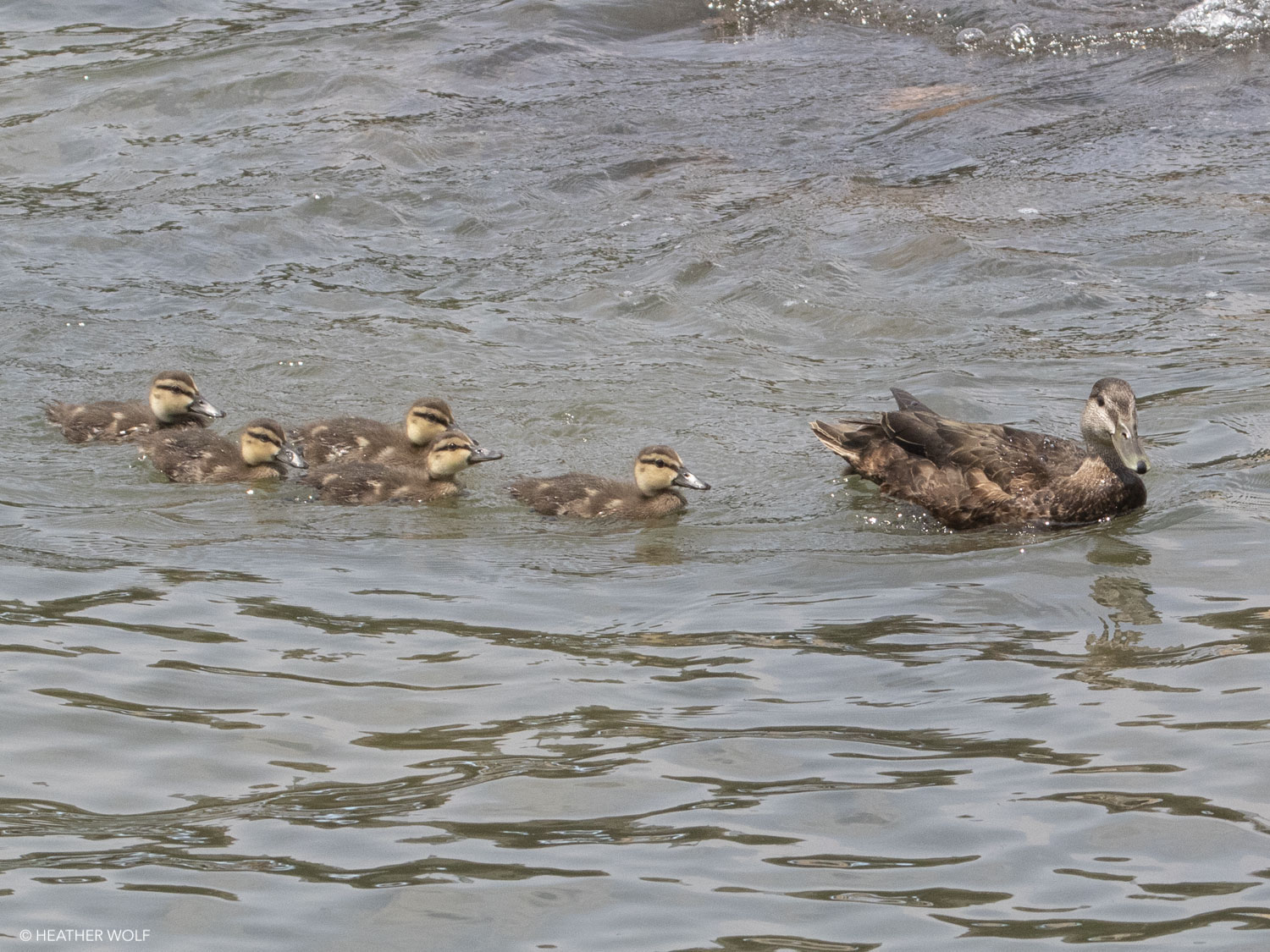Brooklyn Bird Watch: August 11
American Black Duck. Scientific Name: Anas rubripes

A family of American Black Ducks. Photo: Heather Wolf
Today, Brooklyn Bird Watch features a Heather Wolf photo of a family of American Black Ducks seen in Brooklyn Bridge Park. The American Black Duck looks very similar to the female Mallard, in fact, these ducks often flock unnoticed with Mallards. Learning some of the details that make up the historical interaction between these two duck species is fascinating.

Surprising Ways to Spot Birds Wherever You Are” by
Heather Wolf.
Photos courtesy of The Experiment Publishing. Headshot: Harold Moeller

Brooklyn Boro
View MoreNew York City’s most populous borough, Brooklyn, is home to nearly 2.6 million residents. If Brooklyn were an independent city it would be the fourth largest city in the United States. While Brooklyn has become the epitome of ‘cool and hip’ in recent years, for those that were born here, raised families here and improved communities over the years, Brooklyn has never been ‘uncool’.